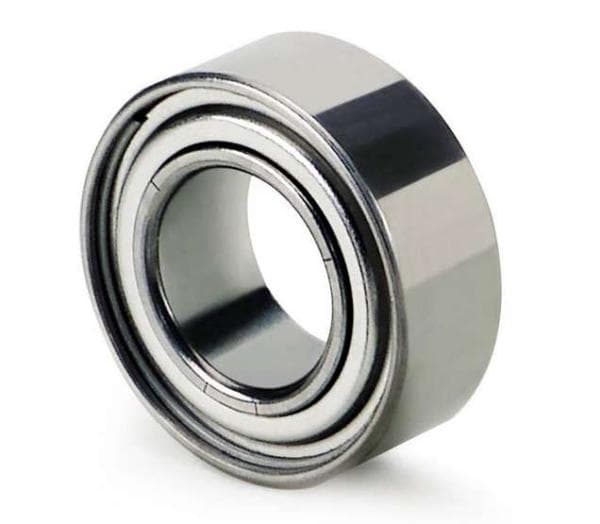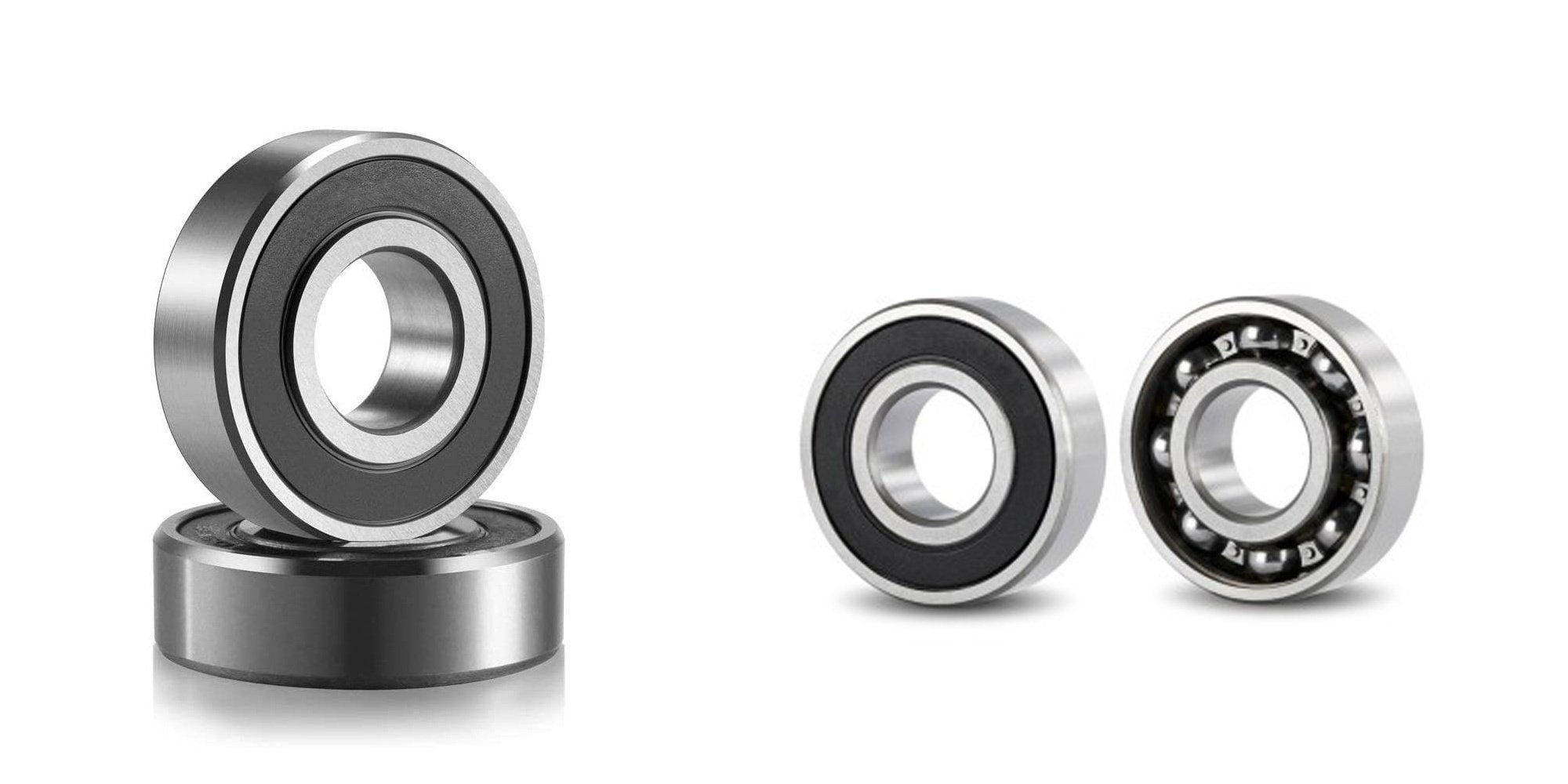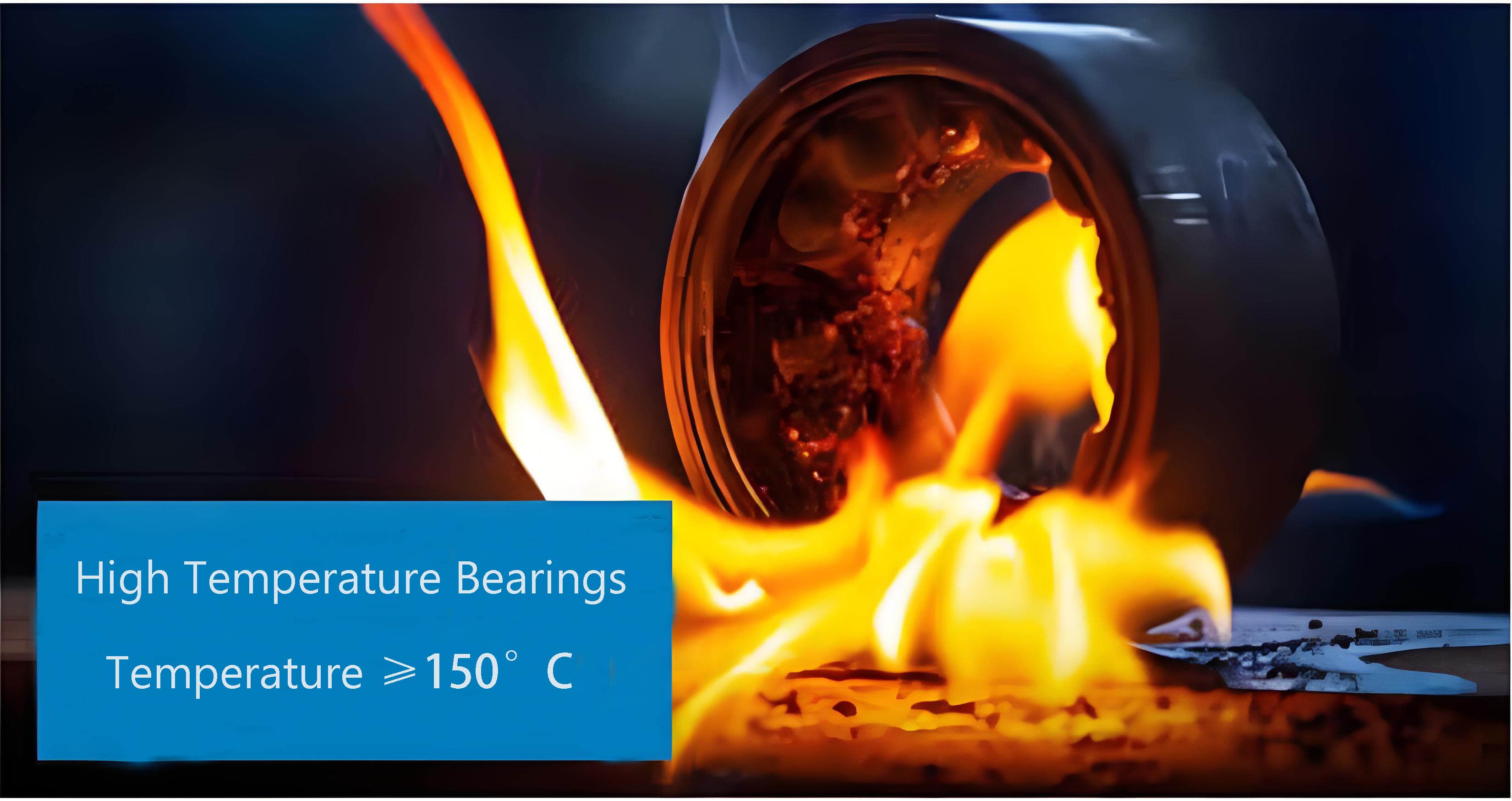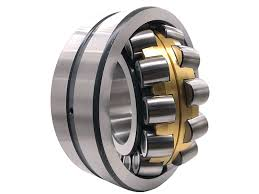6202RS Bearing: Features and Applications
The 6202RS bearing is a versatile, single-row deep groove ball bearing with rubber seals on both sides. Commonly used in electric motors, automotive...
8 min read
 William
:
Aug 27, 2025 3:56:52 AM
William
:
Aug 27, 2025 3:56:52 AM

High temperature bearings are made to work in hot conditions where regular bearings would fail. They are built with special materials and coatings that can handle temperatures over 400°C. This makes them durable and effective in tough environments.
Standard bearings can fail quickly in extreme heat. The heat causes the lubricant to break down, increasing friction and wear. This can lead to overheating, damage, or complete failure of the bearing. As a result, equipment may need costly repairs or replacements, and production could be delayed, increasing downtime and expenses.
At temperatures around 150°C, lubricants begin to degrade, losing their effectiveness. This degradation increases friction and causes the bearing to wear out faster. Without proper lubrication, the bearing may seize or become damaged, leading to premature failure.
This not only shortens the bearing’s service life but also leads to costly repairs and downtime. Additionally, it can cause potential damage to other equipment. High temperature bearings are designed to withstand these conditions and maintain lubrication, preventing such issues.
How Intense Heat Affects Bearing Components:
|
Feature |
Heat-Stabilized Steels |
Hybrid Bearings |
|
|
Material |
Steel with heat-resistant alloys |
Steel races with ceramic balls |
Fully made of ceramic materials (e.g., silicon nitride or zirconia) |
|
Heat Resistance |
Good, but limited at high temperatures |
Better than standard steel bearings; good heat resistance |
Excellent, can withstand high temperatures (over 800°C) |
|
Durability |
Enhanced durability at elevated temperatures |
Longer lifespan than steel bearings because of ceramic balls |
Extremely durable and wear-resistant, especially in high-heat environments |
|
Moderate to high, depending on steel grade |
Moderate, depends on steel races and ceramic balls |
High load capacity, especially in harsh conditions |
|
|
Friction |
Higher than hybrid or full ceramic bearings |
Lower friction compared to steel-only bearings |
Low friction, ideal for high-speed applications |
|
Moderate, can corrode at high temperatures |
Excellent resistance because of ceramic balls |
Exceptional, resistant to corrosion, ideal for harsh environments |
|
|
Cost |
Generally lower, depending on steel grade |
Higher than heat-stabilized steel, lower than full ceramic |
Highest cost because of fully ceramic construction and superior performance |
|
Applications |
Suitable for moderate to high temperature applications |
High-performance applications with moderate heat |
Extreme high-heat, corrosive, and low-friction environments |
How Thermal Expansion Impacts Bearings:
Graphite-based and solid lubricants offer several benefits over regular grease in high-temperature applications:
Using lubricants that last longer reduces the need for frequent relubrication. This means less time stopping production to add more lubricant, which reduces downtime.
With fewer maintenance tasks, you save money on labor and materials. Equipment also lasts longer, so you spend less on repairs or replacements. Overall, fewer relubrication needs lead to cost savings and more efficient operation.
Increased internal clearances in bearings help prevent problems caused by heat during operation. Here’s how they work:
Phosphate coatings protect surfaces and help bearings work better during high temperatures. Here’s how
Protects the Surface:
Improves Lubrication:
Better Run-In:
Handles Heat:
To prevent bearing overheating, it’s important to monitor their temperatures during high temperature operation. Here are two ways to do it
Install Sensors:
Manual Checks:
To manage heat and prevent overheating, consider using cooling, insulation, or other heat control methods
Use fans, air blowers, or liquid cooling systems to lower temperatures around the bearings.
Add heat-resistant materials around the bearings to shield them from external heat sources.
Improve ventilation to disperse heat.
Choose lubricants designed for high-temperature performance.
Designing machinery to run near its best efficiency point helps reduce stress on bearings. This lowers friction and load, which can wear out bearings faster. Keeping machinery in its optimal range also improves overall performance, saves energy, and extends bearing life.
Correct shaft alignment and proper housing fits are essential to prevent excess loads caused by thermal shifts. Misalignment can lead to uneven pressure on bearings, increasing wear and the risk of failure. Ensuring proper alignment helps maintain smooth operation, reduces stress on bearings, and extends their lifespan.
Avoid over-greasing, as it can cause heat and damage bearings. Don’t mix different lubricants, as it can make them less effective and harm the bearing. Always follow the manufacturer’s instructions for the right amount and type of grease.
|
Bearing Type |
Temperature Limits |
Load Capacities |
Speed Capabilities |
|
Steel Bearings |
Up to 500°C (932°F) |
Moderate to high loads, suitable for general-purpose use |
Moderate to high speeds, up to 10,000 RPM |
|
Ceramic Bearings |
Up to 1600°C (2912°F) |
Lower load capacities, ideal for high-performance, low-load applications |
High speeds, often over 20,000 RPM |
|
Hybrid Bearings |
150°C to 220°C (302°F to 428°F) |
Moderate to high loads, combining strength of steel and wear resistance of ceramic |
High speeds, up to 15,000 RPM or more |
Using high-quality bearings like ceramics leads to long-term savings by reducing downtime and repair needs. Since these bearings last longer and are less likely to fail, there are fewer interruptions to operations. This means less time is spent on repairs and replacements. As a result, machinery can be used more efficiently, and maintenance costs are reduced.
In a steel plant, regular steel bearings kept failing because of high temperatures (around 300°C to 400°C). This resulted in costly repairs and downtime. The plant switched to high-temperature ceramic bearings, which can handle up to 1600°C.
These ceramic bearings lasted much longer, reducing the need for repairs and downtime. As a result, the plant saved money over time and improved its production efficiency. This showed that using better bearings can cut costs in the long run.
This example shows how choosing the right bearings upfront makes a significant impact. The steel plant avoided frequent failures, reduced downtime, and saved money by switching to high temperature bearings. Picking the right bearings for the job improves performance, lasts longer, and lowers overall costs.
|
Issue |
Quick Solution |
|
Unexpected Overheating |
Check for proper lubrication, ensure correct alignment, and avoid overloading the bearing. |
|
Lubricant Breakdown |
Replace with a high-quality, temperature-appropriate lubricant; check for contamination. |
|
Excessive Noise |
Inspect for misalignment, debris, or damaged components; clean and re-lubricate if needed. |
|
Premature Wear |
Verify correct installation, avoid overloading, and use bearings suited for the application. |
|
Vibration Issues |
Check for shaft misalignment, unbalanced loads, or improper mounting. Adjust as required. |
|
Corrosion |
Use corrosion-resistant materials, such as stainless steel or ceramic bearings, and seal them properly. |
|
Seizing |
Ensure proper lubrication and check for overheating or contamination. Replace damaged parts. |
Routine checks and proper installation are key to keeping bearings working well. Inspections help catch problems like misalignment or low lubrication early, preventing bigger issues. Installing bearings correctly avoids extra stress and wear, making them last longer and saving time and money.
Choosing the right high temperature bearing design prevents breakdowns by handling heat effectively and lasting longer. This reduces downtime, repairs, and maintenance, lowering overall costs.
Contact LILY Bearing to get the best bearings, lubricants, and advice for your needs. We’ll help you improve performance and save costs.
Choosing the right high temperature bearings and maintaining them well ensures reliability and cuts long-term costs. This helps avoid failures and keeps everything running smoothly.

The 6202RS bearing is a versatile, single-row deep groove ball bearing with rubber seals on both sides. Commonly used in electric motors, automotive...

High temperature bearings are made to withstand extreme heat and keep working reliably. They help machines run smoothly even in hot conditions. This...

A spherical roller bearing is a type of bearing that helps support rotating shafts in machines. It has a set of round rollers inside that are shaped...